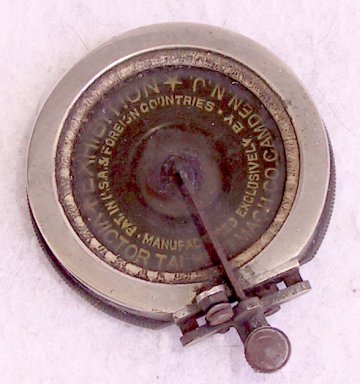astaire
One of the Regulars
- Messages
- 179
I've been looking around for an old phonograph and came across a Victor Victrola XIV in my local antique mall last month. It's not in mint condition cosmetically, but it still plays well and loud. from the serial number i found out it was made in 1917. I also learned that the doors are made from walnut, which was a "fancy" option.
So, in contemplating whether i should salvage this machine, i thought i should ask the experienced people in the lounge if i should proceed with the purchase. I know it will take a lot of TLC to bring this baby back to its glory days. but i think part of being a member of the lounge means that we have affections to old things and would be very sad to see a lovely phonograph sit and deteriorate there.
As my father just passed away last monday, i thought this machine can cheer my mom and myself up. dad wasn't a big music fan, but when he was happy when i bought and played him a swing jazz cassette for his birthday in the early 80s.
What things, good and bad, should I look for when I decide to purchase it?
Thanks always!
So, in contemplating whether i should salvage this machine, i thought i should ask the experienced people in the lounge if i should proceed with the purchase. I know it will take a lot of TLC to bring this baby back to its glory days. but i think part of being a member of the lounge means that we have affections to old things and would be very sad to see a lovely phonograph sit and deteriorate there.
As my father just passed away last monday, i thought this machine can cheer my mom and myself up. dad wasn't a big music fan, but when he was happy when i bought and played him a swing jazz cassette for his birthday in the early 80s.
What things, good and bad, should I look for when I decide to purchase it?
Thanks always!



